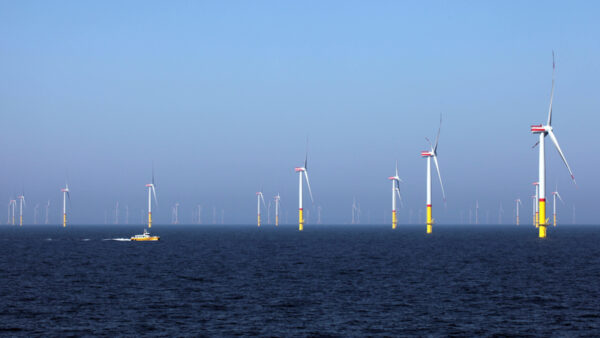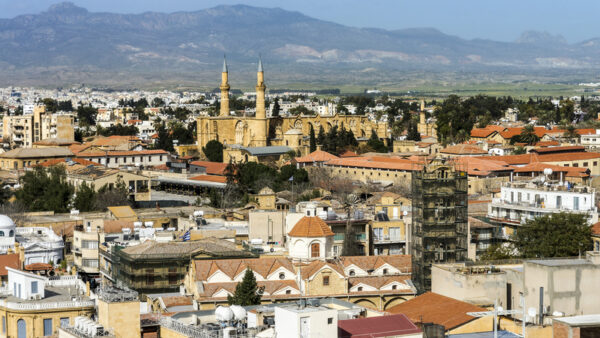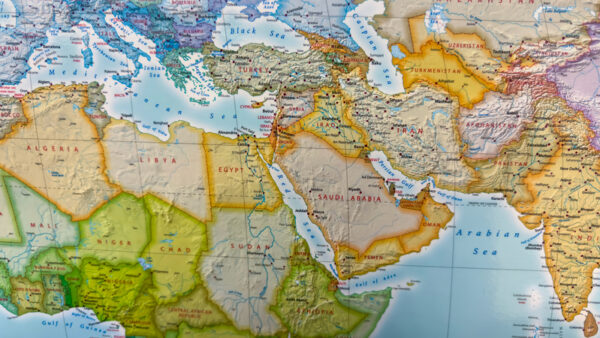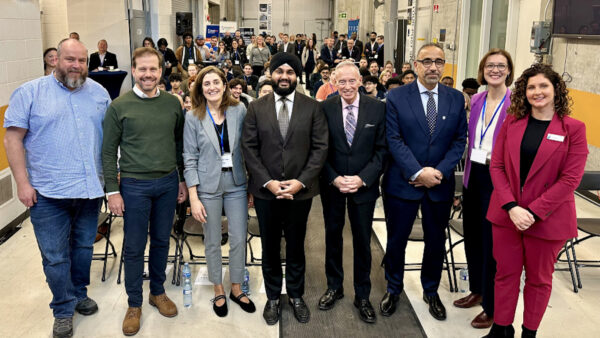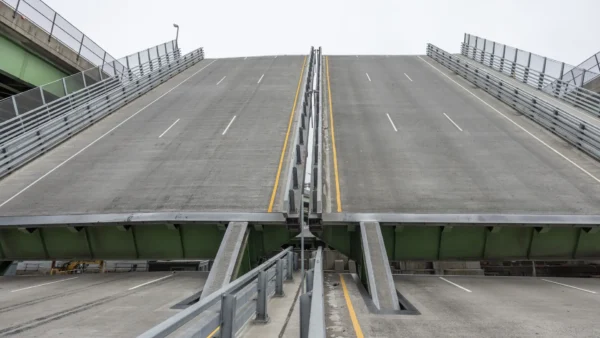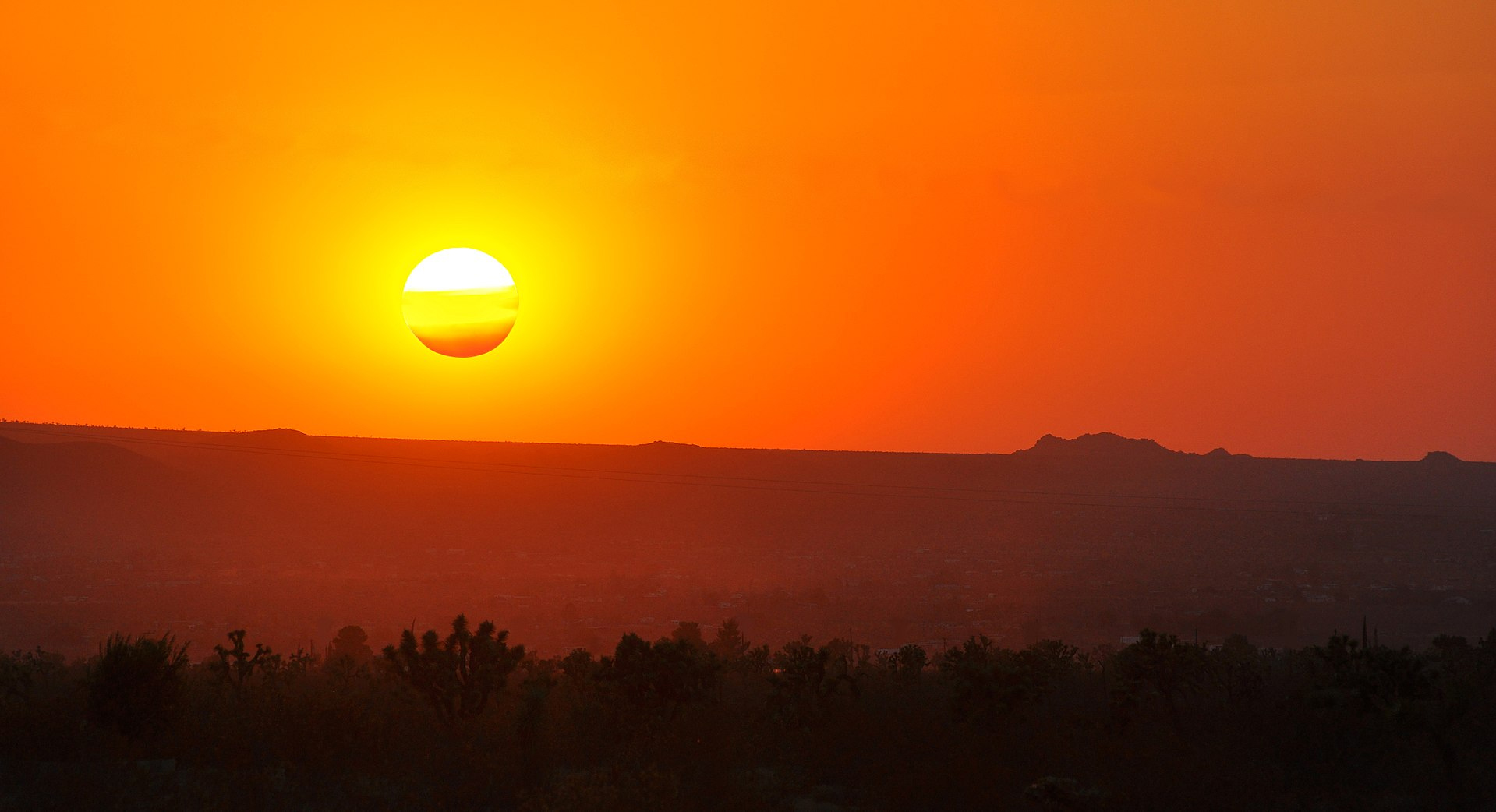
The fourth annual meeting of the International Solar Alliance (ISA) is beginning today in New Delhi, with the task of planning the roll out of a $1 trillion plan to build solar power plants over the next 10 years.
Delegates to the conference will include John Kerry, the US climate change envoy, Frans Timmermans, executive vice-president for the European Green Deal, Riccardo Puliti, the World Bank’s infrastructure vice president, UK business secretary Kwasi Kwarteng and France’s ecological transition minister Barbara Pompili.
The aim of the conference is to add operational and technical detail to the ISA’s “One Sun, One World, One Grid” programme. This will include discussions of financial risk management and ways of attracting the private sector capital that will be needed to fill the “viability gap” between member countries’ ambitions and what they can fund themselves.
At the end, the ISA hopes to have a five-year plan setting out what each of the ISA’s 98 member states hope to achieve.
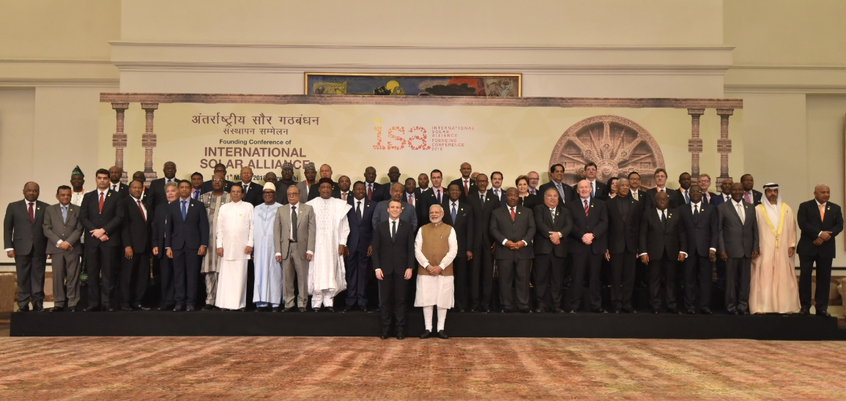
Ajay Mathur, the alliance’s director general, said in a press statement: “The ISA is stepping into the next phase of its mission, driven primarily by the implementation of its framework for global solarisation, scaling and expanding the impact of its interventions across nations, and growing and actualising its existing pipeline for solar projects.
“We are working towards mobilising $1 trillion of investment for a massive deployment of solar energy technologies and for expanding solar markets. This would help achieve three different but interlinked objectives: promoting a clean energy transition, enabling energy access and energy security, and delivering a new economic driver for all countries.”
A detailed report on the One World programme is expected to be discussed at the assembly. This will include the concept of a single global network formed by linking regional grids. The hope is that this will allow the continuous generation of solar energy, since some portion of it will always be receiving sunlight.
The press statement comments that “rigorous assessments and modelling have confirmed the initiative’s technical and economic viability … further augmented by multilateral development banks such as the World Bank, which are helping to create markets by driving down costs of solar power”.
The ISA was formed by India in 2018 with the support of French president Emmanuel Macron (see further reading). The idea was to make low interest loans available to its then 60 signatories, allowing less developed countries, which are predominantly in the tropics, to exploit their solar potential.
Top image: : The ISA hopes to bridge the funding gap that stops less developed countries from exploiting their solar potential (Jessie Eastland/CC BY-SA 4.0)
Further reading:

